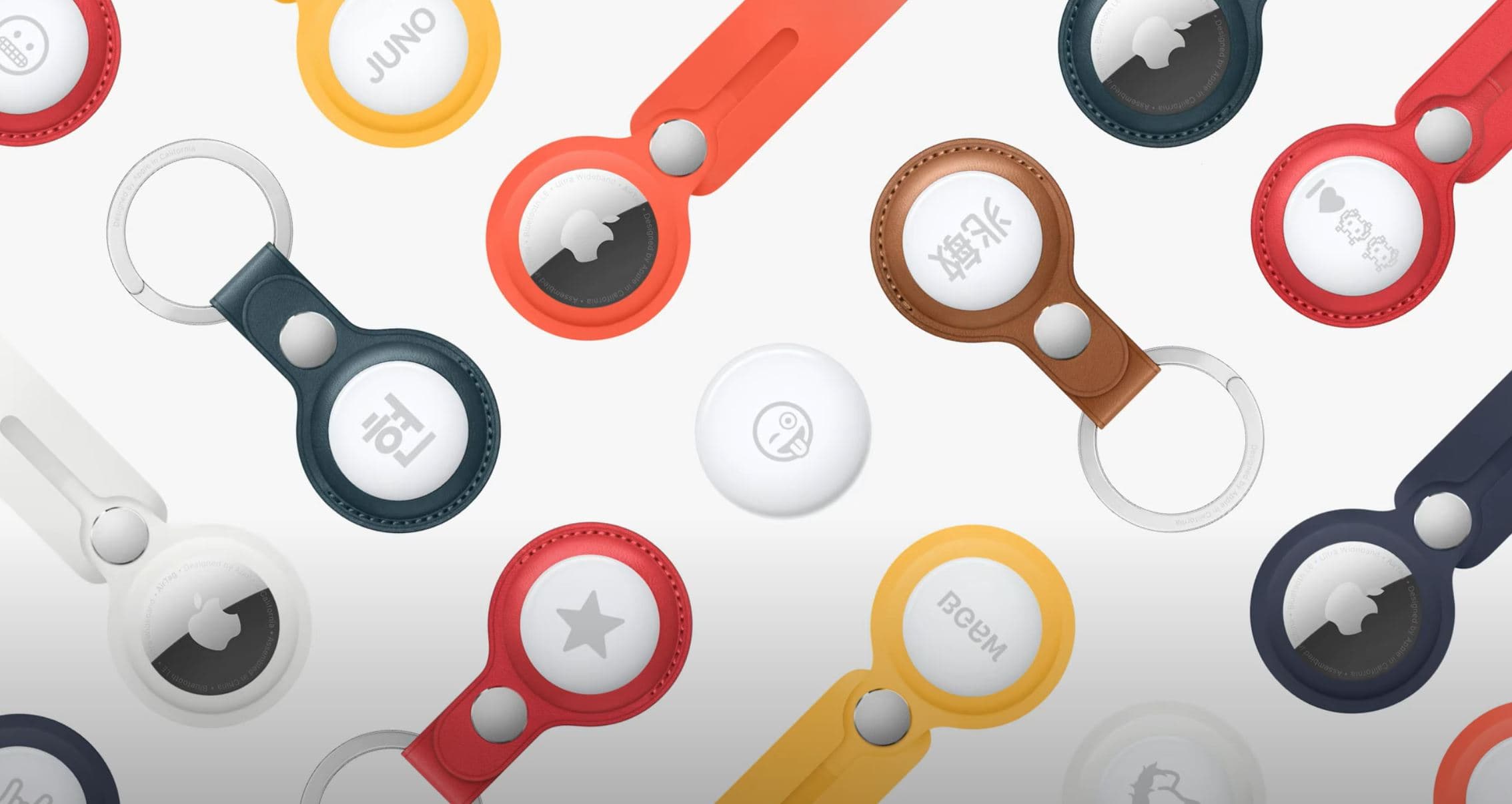We break down how does AirTag work, how much it costs, what iPhones is it compatible with and more.

Written by Antonia, Head of Marketing | Consumer Electronics and Money-Saving
Last updated on 17 December 2025

Apple has unveiled its long-anticipated tracking devices named AirTag whose sole purpose is to help you find your stuff. Read on if you have questions about how does AirTag work, how much does it cost and what are its use cases.
Simply put AirTag is Apple’s alternative to Tile trackers and it is a coin-sized device (diameter 1.26 inches) with a built-in U1 chip that uses Find My app and Bluetooth LE to track and help you locate anything it is attached to from keys to backpacks and pets.
Image: Apple
Connecting your AirTag to your iPhone or iPad is a fairly simple process. Just place an AirTag next to your iPhone and it will trigger a pop-up window on your phone asking to connect to AirTag. Give your AirTag a name based on which item you’re planning to attach it to and you’re done, your tagged item is now listed under your devices in Find My app.
Image: Apple
If an item with an AirTag has been misplaced somewhere nearby, you can play a sound on your AirTag from Find My app to help you locate it, given that the item is within Bluetooth range. If you own one of the iPhone 11 or iPhone 12 series, Find My app will guide you to your lost item with incredibly accurate walking instructions thanks to Precision Finding.
In case you’ve completely lost your tagged item, you can put it into Lost Mode through Find My app. Once it’s been picked up by other iOS devices in the ecosystem, you will receive a notification that it’s been detected at a certain location. The person who finds your AirTag can scan it using NFC and your contact information will pop up on their screen notifying them that this item has been lost and how they can get in touch with the owner. You can set up your contact details when activating Lost Mode.
AirTags have a feature called Precision Finding which will show you navigational instructions that will walk you to the item if it is within Bluetooth range (approximately 40ft radius). Precision Finding uses Ultra Wideband technology which is only supported by devices that have Apple’s U1 chip. In a nutshell, the technology combines the information from your iPhone’s camera, accelerometer, gyroscope and AR Kit to generate precise map-like navigation to the object with the help of sound, haptic and visual feedback.
Image: Apple
These latest iPhones will have Precision Finding enabled: iPhone 11, iPhone 11 Pro, iPhone 11 Pro Max, iPhone 12, iPhone 12 Mini, iPhone 12 Pro and iPhone 12 Pro Max.
In order to work, AirTags require your iPhone or iPad to run iOS 14.5 or newer. It means, unfortunately, if you own an iPhone 6 or older, you won’t be able to pair your AirTag with it. Those iPhones that are currently on iOS 14, will receive iOS 14.5 update and hence will support AirTag. Here’s the full list of iPhones that are compatible with AirTag:
Apple have confirmed that an AirTag can be purchased for £29 or a bundle of four AirTags will cost £99, which does sound like a better deal, especially if you’re looking to tag a few of your easy to lose items.
AirTags are already available to order in the UK on Apple’s website for a store pick up from the 30th of April, or for delivery starting from 4th of June.
Image: Apple
AirTags can be attached to almost anything with separate accessories that Apple and other manufacturers have available. The cost of such an accessory can vary from £12 (Belkin) to a couple hundred pounds (Hermes). Apple-designed AirTag accessories start from £29 and offer polyurethane or leather loops and key rings. Unfortunately, Apple have released AirTag only in one circular bumpy shape which is going to cause challenges with putting it inside slim purses and wallets. However we’ve seen a few hard shell mounts for AirTags from other brands that can work as a good solution to fit an AirTag in your wallet.
Unfortunately, AirTags will only work with iOS devices and it is unlikely Apple will expand AirTag usability beyond the iOS ecosystem, but only the time will tell. So if you are an Android user, there are other brands like Tile available which you can check out.
However, if you find an AirTag and your Android phone supports NFC, you can tap the found AirTag to help return it to its owner using the information displayed from the AirTag.
AirTags are powered by a user-replaceable CR2032 coin cell battery and once it’s out of charge, you can easily pop a new one in. How long your AirTag will last on one battery will depend on your AirTag usage, but Apple estimated that playing sound 4 times and activating Precision Finding once every day, the AirTag should last at least one year.
Cover image: Apple

The iPhone used to define innovation. Now every new model feels the same. Is Apple’s story running out of pages?

See which Apple, Samsung and Google phones hold their value best over the first and second year on the market.
With Pixels becoming a decent contender for your upgrade choice, we’ve crunched the numbers to reveal depreciation patterns of Google Pixel phones.